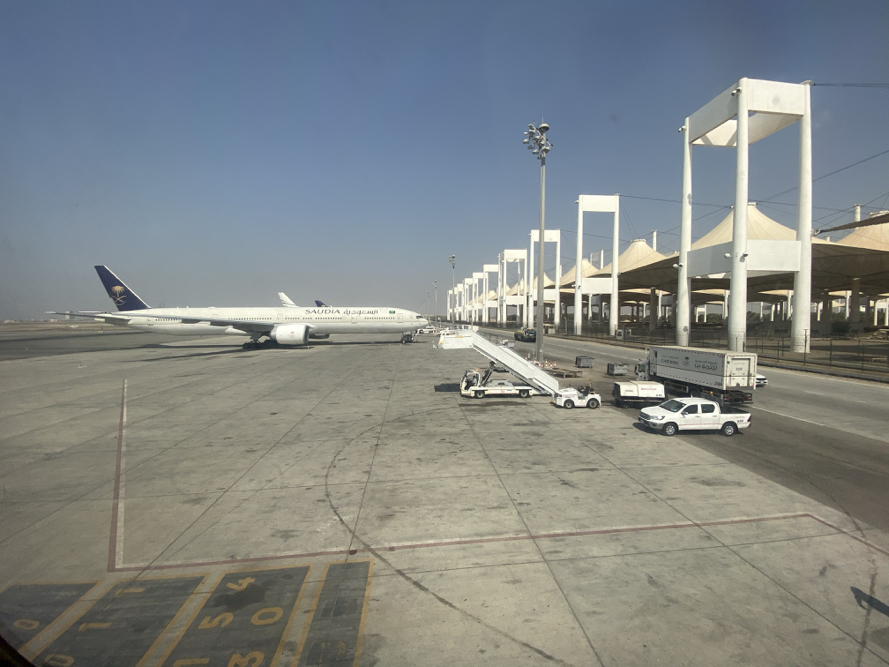

There is also a reverse osmosis water system for use in the instrument sterilization room, where nurses learn how to sterilize instruments and scrub correctly. The aircraft is equipped with water tanks (up to 378 US gallons) that are filled and then filtered to hospital grade water for hospital operations. These generators utilize aircraft fuel and when in ground mode, the aircraft gets its electrical power from these units. The hospital has two custom-made generators for ground operations. Located at the front of the plane is our 46-seat classroom where participants can interact with and have a live view of the ophthalmologist and other local doctors receiving hands-on surgical training. These modules contain the AV room, administration room, laser room, operating room and a three-bed recovery room. The hospital rooms are designed as compartmental rooms known as modules, this enables the hospital to be flown as cargo, which lowers costs and simplifies maintenance. FedEx had the flight deck modified to a digital cockpit to make it legal to fly with two crew members instead of three. In 2016, we launched the MD-10 aircraft, which was generously donated by FedEx and custom designed to create this unique aircraft. See our videos on how we are Changing the way the world sees and how the Orbis Plane Brings Gift of Sight to 4-Year-Old Boy.

Not only does the plane act as a teacher, but also as an envoy and an advocate for raising awareness around eye care wherever it goes. Trained eye specialists are rare in many countries, so Orbis’ Volunteer Faculty (biomedical engineers, anesthesiologists, ophthalmologists and nurses) spend their time training local medical professionals in these countries, onboard the flying eye hospital, in their local hospital and through Orbis’ online telemedicine platform, Cybersight. They put an emphasis on training the entire eye care teams, from community health care workers to anesthesiologists to eye surgeons, so that they can work together to restore sight. Orbis works to mentor, train, and inspire local teams in low-income countries so they can save sight in their communities by providing sustainable ophthalmological care. It is a state-of-the-art, fully accredited eye hospital with 3D broadcast technology that can transmit live surgeries around the world. The Orbis Flying Eye Hospital is the world’s only ophthalmic teaching hospital on board an MD-10 aircraft.


 0 kommentar(er)
0 kommentar(er)
